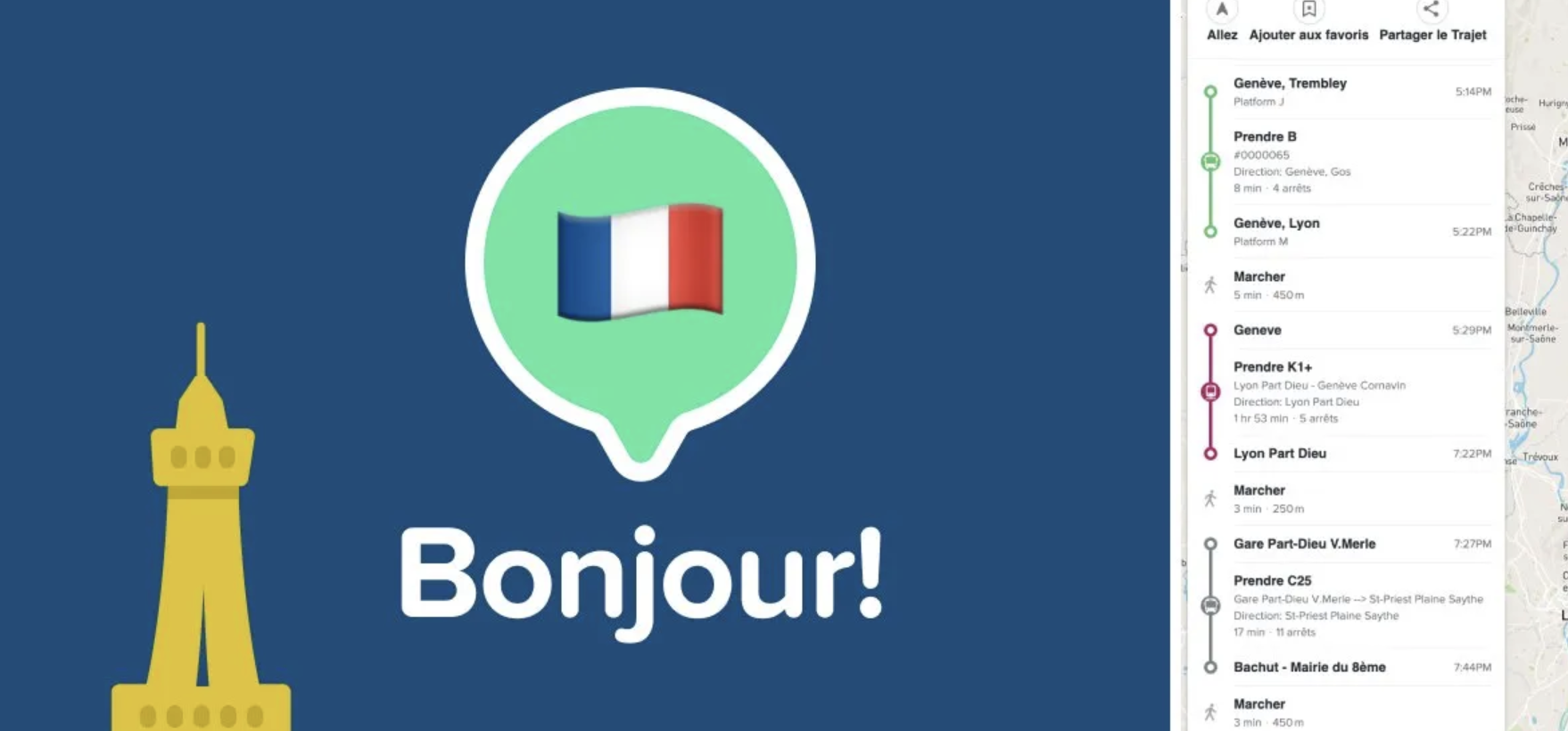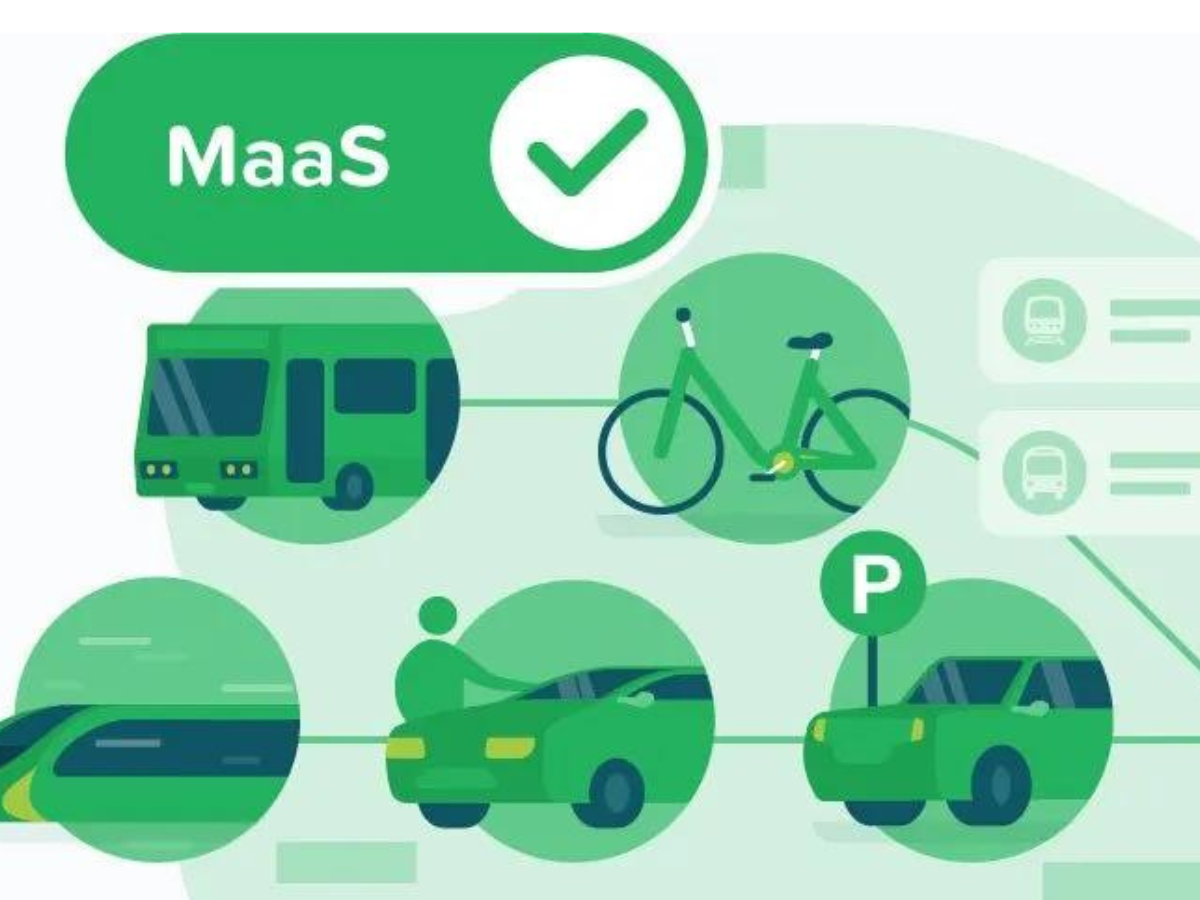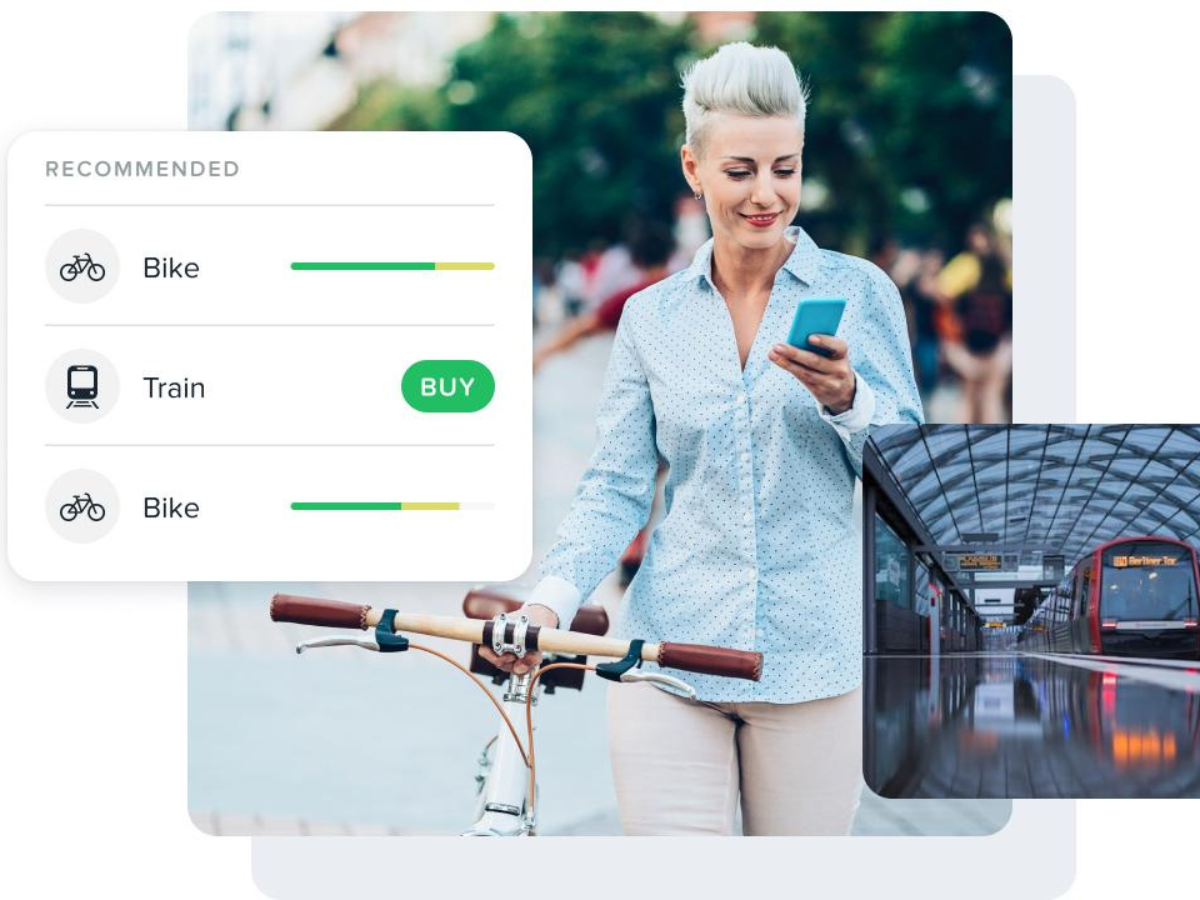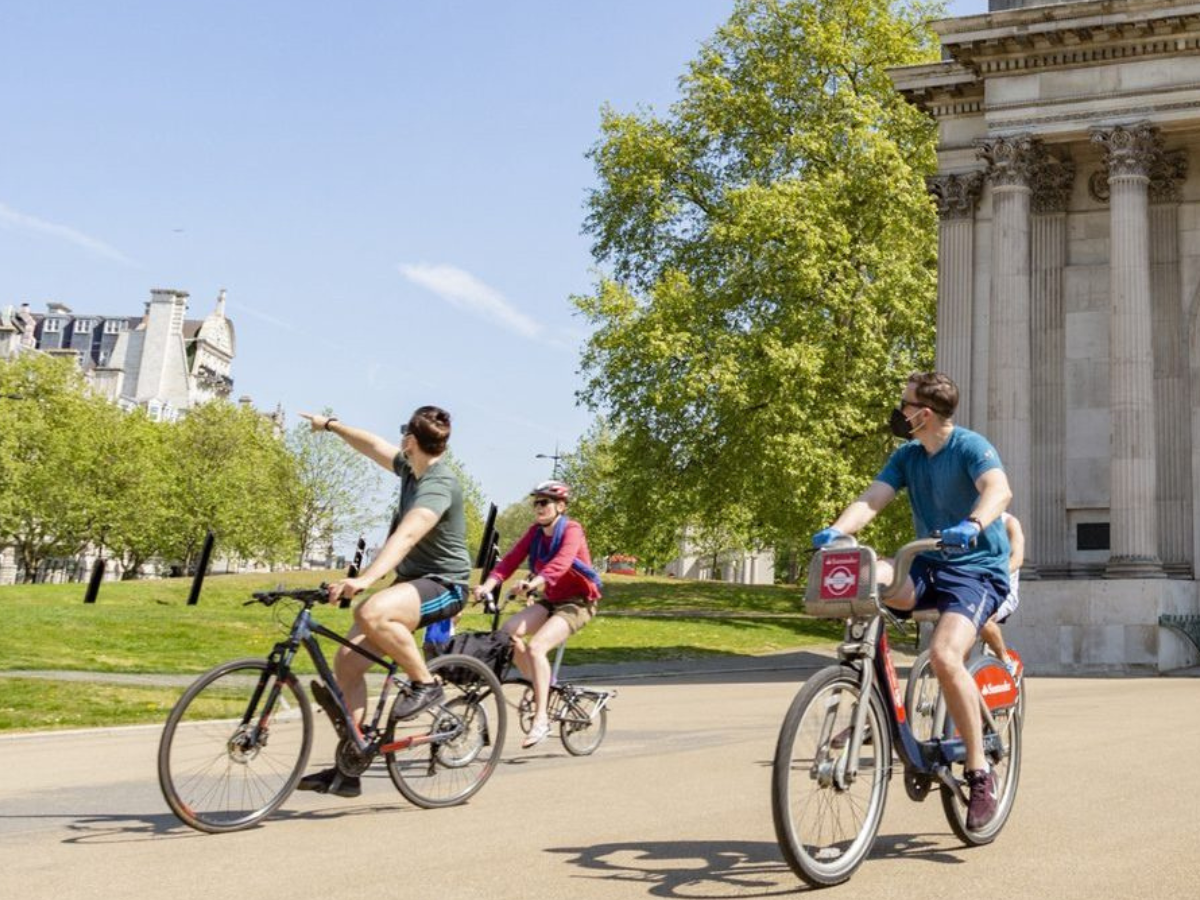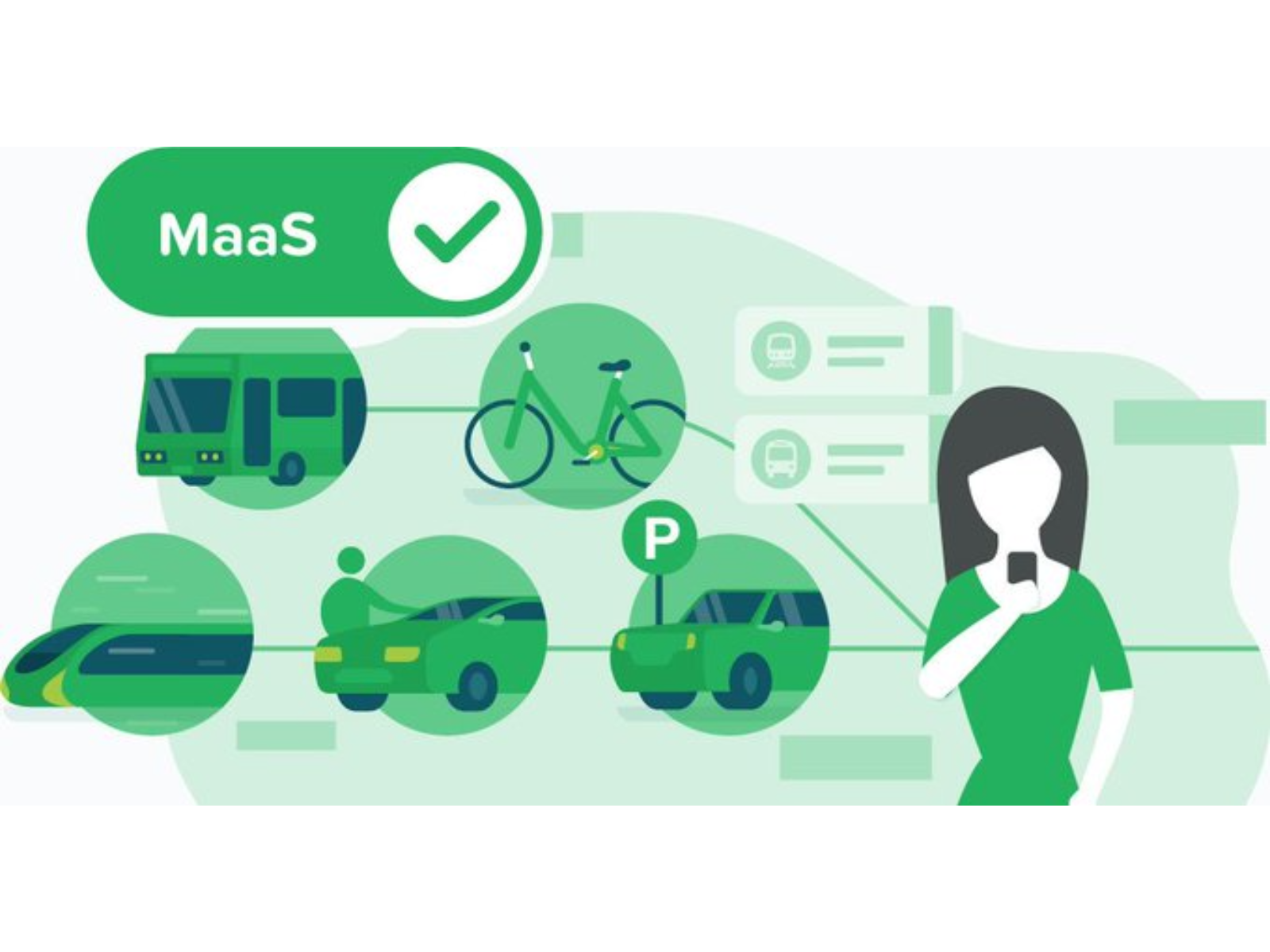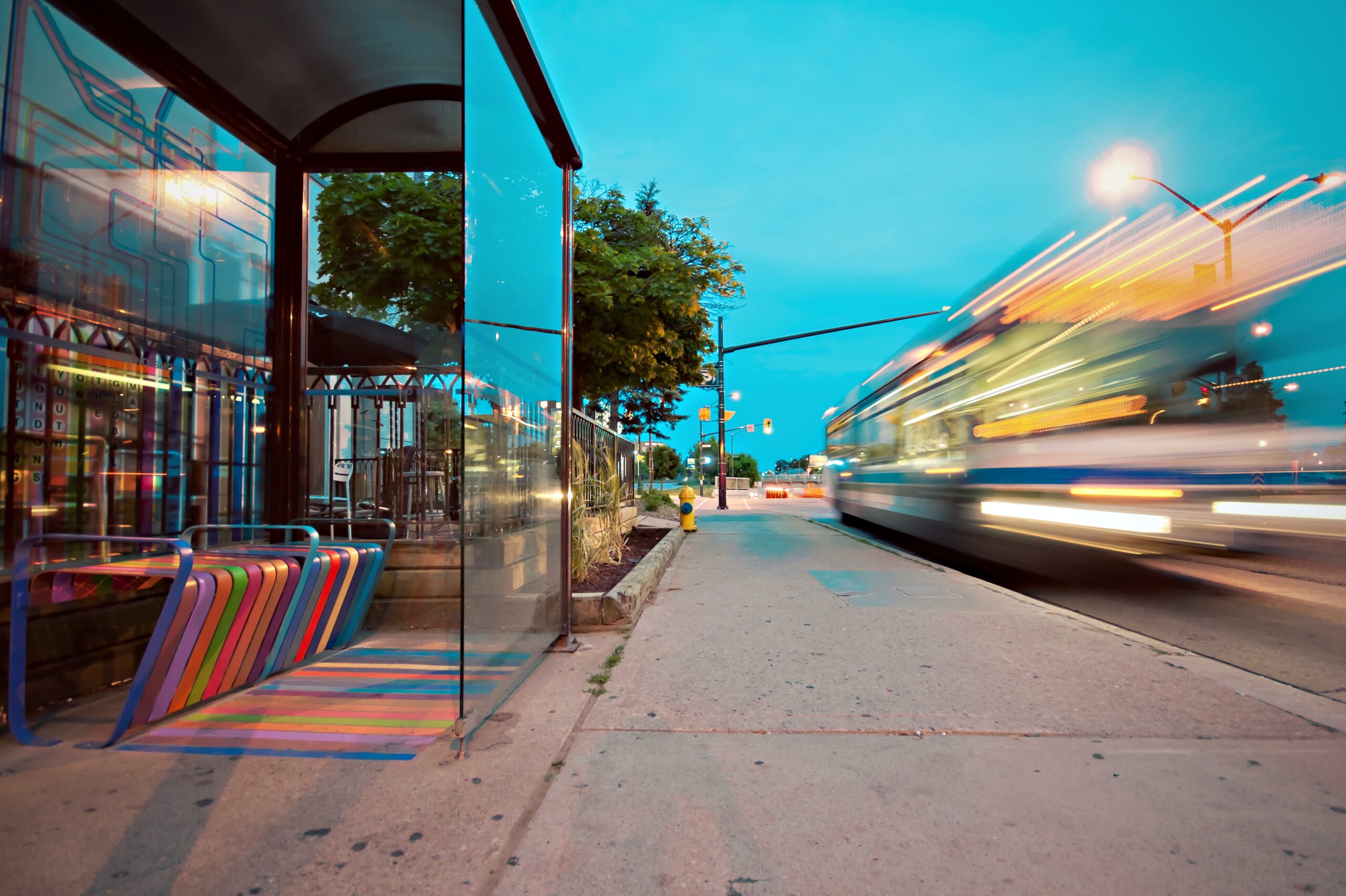Across the globe, our transport systems still fail people with disabilities.
A report by the New Zealand Transport Agency found that the transport sector was a significant cause of inequality, leaving many transport poor. The impact of this is far-reaching including reduced independence and social isolation with negative consequences on many aspects of life and wellbeing.
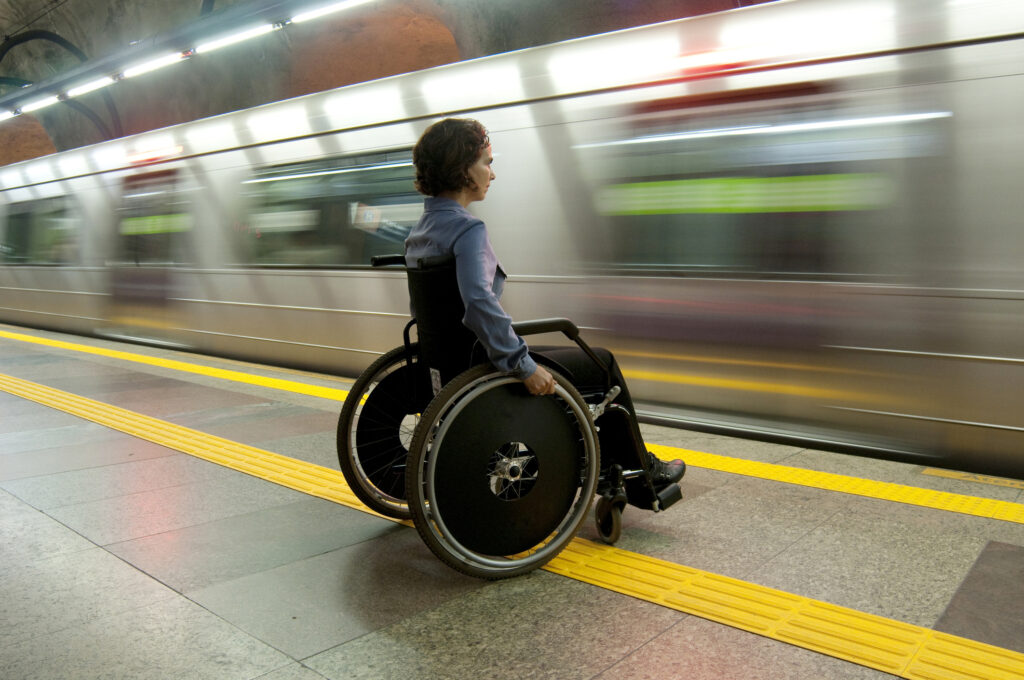
Accessibility is key to ensuring that all people can move around easily and safely; ideally it needs to be baked into mobility solutions from the start, but seldom does this happen. So what can be done to make current transport resources easier to navigate? Mobility-as-a-Service (MaaS) has an important role to play in this regard, as well as opening up the potential for new services for people with limited mobility.
Why Transport Is Important
Mobility is essential in everyday life.
In an article on Disability Insider:
The Disabled Persons Assembly Chief Executive Prudence Walker commented:Transport is key to participating in the community; to accessing jobs, schools, healthcare, leisure, meeting with friends, and just living life. Every unusable footpath, bus that doesn’t stop, unavailable and unaffordable taxi, is yet another barrier to disabled people’s participation.
A report by Motability highlighted that the UK ‘transport accessibility gap’ is currently 38% – a figure that it says hasn’t improved in more than a decade. This means 38% fewer trips are taken by those with disabilities compared to people without. The report also found that a fifth of disabled people are unable to travel, because appropriate transport options aren’t available to them. Considering the purple pound (spending power of people with disabilities) could bring £274bn to UK businesses each year; this is a huge lost opportunity.
Making Transport Accessible
One way to improve accessibility is through MaaS frameworks, including tools such as journey planning apps. These can support people with disabilities by providing access to real-time transport information. This allows people to see all the transport modes available in their area including which services, for example, are wheelchair accessible.
- 40% of disabled Londoners felt they would use public transport more often if it were easier to obtain travel information. – Motability: “The Transport Accessibility Gap”
Offering personalisation features also means users can select preferences such as wheelchair-friendly routing to tailor trip results. At the same time, these apps can also take into account choices such as speed, cost, and comfort. The ability to see which transport modes, stops and stations are accessible along with the feasibility of return journeys can help to reduce some of the frustration and uncertainty that many people experience when travelling. Real-time updates also ensure people are kept informed of any changes to their trips, with the option to reroute where necessary.
Lifts Out of Use
Even when a trip plan routes through wheelchair-accessible stations, there is always the worry that a lift might be out of use when a person arrives there. Where data on out-of-service lifts are available, this can be integrated into the journey planning app. Once again, it can provide the option to reroute or offer other transport options.
A quote from Motability: ‘The Transport Accessibility Gap’:
Ali, wheelchair user, 37 years old:I have lost count of the number of times I’ve had difficulties travelling because transport is not accessible to me. This has been traumatic, such as when I have been stranded on platforms due to lifts not working. These experiences have meant I’ve lost confidence and feel very anxious whenever I leave the house.
Transport providers must play their part in making this data readily available and updating it in real time so it can be integrated into trip planning applications. The more mobility-related stakeholders can provide data like this, the more accessibility features can be integrated into apps for people with disabilities.
Footpath ‘Friendliness’
There may be times when a person needs to access footpaths between stops or at the beginning or end of their trip. Apps can provide details on the ‘friendliness’ of paths which may assist in the journey planning process. Being able to see the route both in text and map format also helps to get a better sense of the trip and its duration. This is particularly important when visiting a destination that isn’t well-known to the user. The ability to select walking or wheelchair roll speed also allows this information to be taken into account when calculating journeys.
Simplifying the Experience
The ability to plan, book and pay from within the app simplifies the door-to-door journey experience and avoids the need to queue at ticket booths to purchase tickets. Of course, the cost of transport is a particular issue for many people with disabilities, particularly if they’re unable to work. Apps can integrate payment features which allow for concessions or free transport for eligible individuals.
These tools can be used to improve access to services for underserved communities. The US-based not-for-profit Feonix – Mobility Rising is a great example of an organisation putting this into practice. Their app (powered by SkedGo tech) connects people with paratransit and volunteer transport, for example, and takes account of their financial eligibility status. Access is provided for people who do not have the technology or ability to book services directly too, through advanced features.
Making a Difference
MaaS can support better access to existing transport services, including reliable real-time transport information, book & pay features and many other options. It also provides an opportunity for governments and organisations to make these tools available to communities, enhancing accessibility.
Ultimately, there’s much that needs to be done to fix the underlying barriers to transport that many people face – and this must be a priority. However, MaaS tools could make a difference to someone’s journey right now as well as embracing and supporting a more inclusive transport system.
If you would like to find out how MaaS could support your community, city or region, please get in touch with our team.
This article was originally published by SkedGo.


